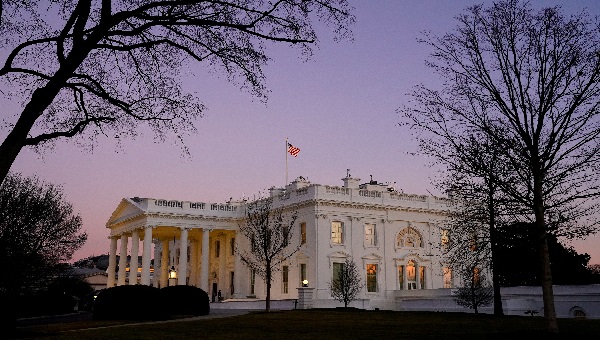Borrowing power goes haywire; loses hegemony
-: R Muthu Kumar :-
While the US financial system has demonstrated resilience over time, it is not immune to challenges and vulnerabilities posed by wars and conflicts it is involved in globally.
With unilateralism and excessive military interventionism, it is widely accepted that the United States has become the global security force! But, the catch is this comes at a huge cost too!
According to the December data, the central government debt in the United States was $34 trillion. By February, it had risen to $34.4 trillion. The increase from $32 trillion to $33 trillion, and then from $33 trillion to $34 trillion, occurred in 100 days each.
Thus, the debt amount increased by $1 trillion every 100 days. It is not far from reaching $35 trillion.
The United States has lost all control over how much it can borrow. The pace of increase in its debts has intensified despite the rising policy interest rate. For the first time in 2013, it reached a level of debt above its gross domestic product. The ratio of the central government debt to the gross domestic product is now approaching 125%.
Although it is a very basic macroeconomic indicator, the ratio of the Federal Reserve’s balance sheet to the gross domestic product has deviated from the assumed reasonableness. It climbed to over 20% from its level of 6% in 2019. Now, even though a rebalancing is observed, they admitted from within the Fed that they no longer have any predictions about what the new reasonableness should be for this ratio.
Under these conditions, the question is, where will the US borrowing end, how high will it go? Let me say $70 trillion, you may say $170 or $370…
It seems that debt levels of $35 trillion will still be considered reasonable.
The United States knows it cannot overcome the inflationary environment and is turning the situation in its favor by increasing its indebtedness. It operates with the awareness that it borrows relatively cheaply with each new bond issuance compared to the next. In other words, it is going around behind everyone’s back.
Since it adopted raising interest rates instead of reducing the balance sheet, it had expressed this intention through monetary policy.
As the US continues to borrow with both arms, it is sucking liquidity out of the world financial market. But there is a missing point. As it draws liquidity to itself, it weakens the hegemony of the dollar. The use of the dollar is gradually decreasing.
Wars and conflicts can impose significant economic costs, including military spending, loss of life, destruction of infrastructure, and disruption of trade and the world knows that the economic impact depends on the scale, duration, and intensity of the conflict.
With Ukraine crisis and Red Sea conflict continuing with no moves to bring the curtains down, well how can the American economy survive the onslaught particularly as the presidential polls looms large.
We have a past president Trump who went all out to nag China whose manufacturing might is the backbone of their own economy.
Present incumbent Biden is completely caught in the web of Ukraine crisis, and he is now facing backlash from peaceful Asia too. Moreover US allies including European nations are in financial turmoil and have no clue on how to end the present conflicts and it’s financial repercussions .
In Washington, there is talk of placing limits on providing American weapons if Israel crosses the red line. Presidential nominee is openly saying that if elected he will dismantle NATO and he will never even fund them. He has send shivers among the NATO members by saying that he will cutoff financial back ups and strategic military support. Trump has also said that in future he will not give financial helps, but will lend to earn interest!








